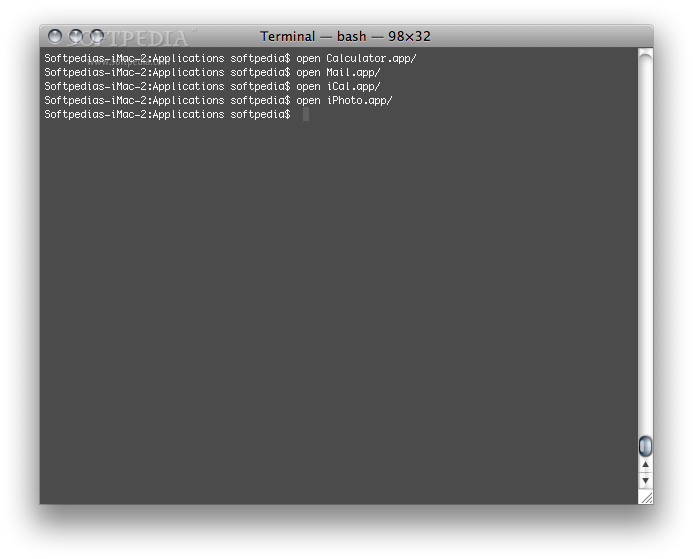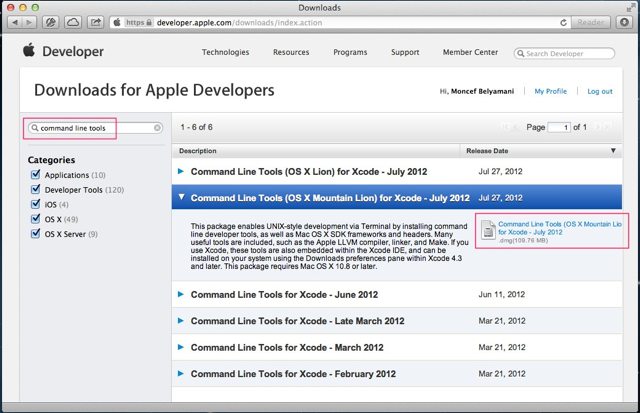Command Line Tools For Mac
Microsoft Azure Stack is an extension of Azure—bringing the agility and innovation of cloud computing to your on-premises environment and enabling the only hybrid cloud that allows you to build and deploy hybrid applications anywhere. We bring together the best of the edge and cloud to deliver Azure services anywhere in your environment.
Command Line Tools For Mac
Thanks for downloading the Azure SDK for Mac This page provides resources to help you get started using the Azure SDK for,. Node.js To get started with node.js applications on Azure:. Install node.js by using the node.js. Install git on your Mac using the. Check out the tutorial to create your first Azure app. Visit the to learn more about Azure.
Command Line Tools For Mac Mojave
PHP To get started with PHP applications on Azure:. Follow the instructions at to install the PHP client libraries for Azure and other useful tools. Check out the tutorial to create your first Azure app. Visit the to learn more about Azure. Python To get started with Python applications on Azure:.
TASCAM's US-200 USB Audio Interface (2-In, 4-Out) has two high-quality XLR microphone inputs provide. 2011-02-05 00:16:13| US-200 driver version 1.00 for Mac OS X - 2.12 MB| tascam_us200_driver_1.00.dmg. TASCAM's US-200 is a 2-in/4-out USB 2.0 Audio/MIDI Interface for Mac. Your own software, the US-200 supports most Mac and Windows software such as. Audio interface, home studio. For information about downloading files such as PDF and ZIP, please check and use the. E_us-200_om_va.pdf 2.3 MB. Jan 1, 2012 - US-200 SPECIFICATIONS: - 2-in/4-out USB 2.0 Audio/MIDI Interface - 96kHz/24-bit audio resolution - Two mic preamps with phantom power,. Download tascam us-200 audio interface driver for mac. Tascam us-200| Downloads. USB Audio/MIDI Interface (2 in / 4 out). System Software / Firmware, Date, Language, Size. Operation under Windows 8.1 is possible, however the driver must be removed and reinstalled.
Follow the instructions at to set up a Python stack on Mac. Check out the tutorial to create your first Azure app. Visit the to learn more about Azure.


Contents. Mac OS is based on BSD-UNIX, with a nice GUI on top. As such, most of the functionality you need is either already there or very easy to get. Terminal Mac OS already includes a UNIX-based Terminal application that you can use to practice the same UNIX/Linux commands we are using on the class virtual server. The Terminal app is installed in the Utilities folder beneath the Applications folder (at /Applications/Utilities/Terminal.app). You can simply drag its icon to your Dock for quick access later. SSH To connect to your class virtual server from the Mac OS Terminal, you just need to use the built-in ssh command: ssh your.username@147.97.156.xxx where the xxx is replaced with the last three digits of your virtual server's IP address (see your course website on ).
The server will ask you for your password, and you will be logged in (and placed in your 'home' directory). To exit the ssh session, just enter the exit command. File Transfer One simple option here is to use Komodo Edit's ability to open/save remote files to edit your programs in-place on the virtual server. If you want to keep a local copy, however, this isn't the easiest strategy. You either need a secure file transfer client ( and are popular options), or you could use the scp command: scp sourcefile destinationfile where either the sourcefile or the destinationfile (or both) may be located on a remote server!